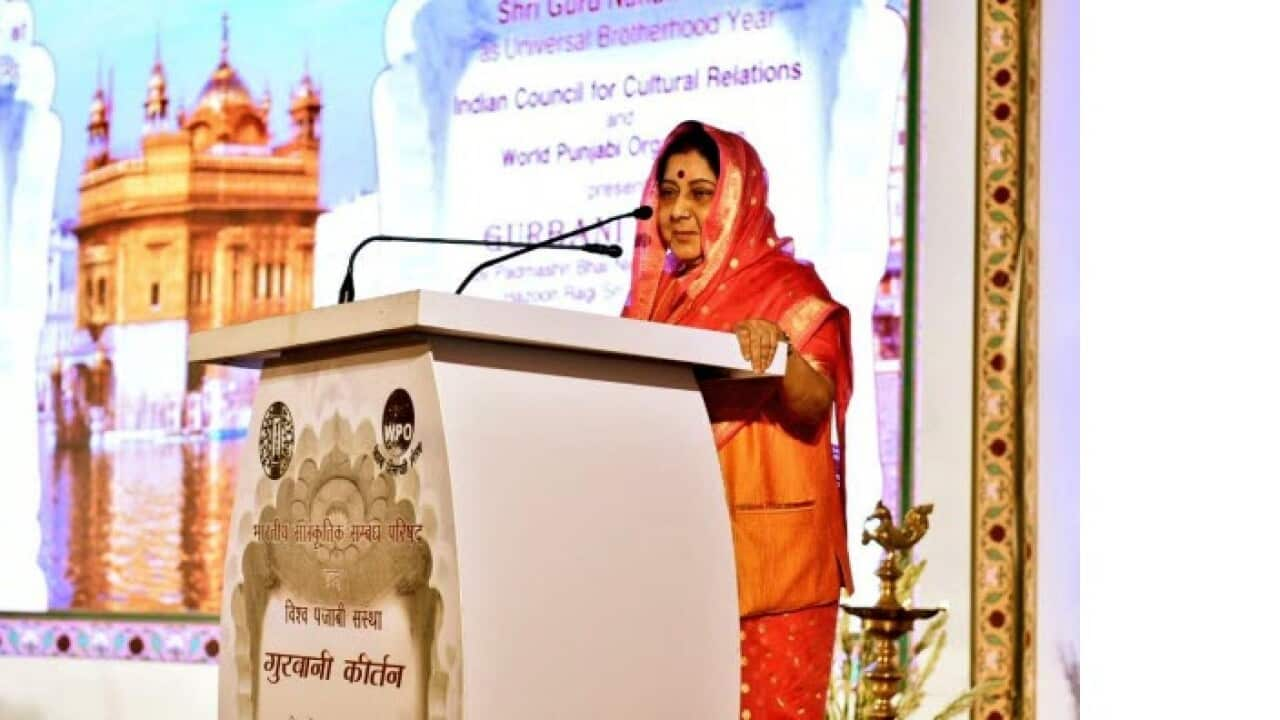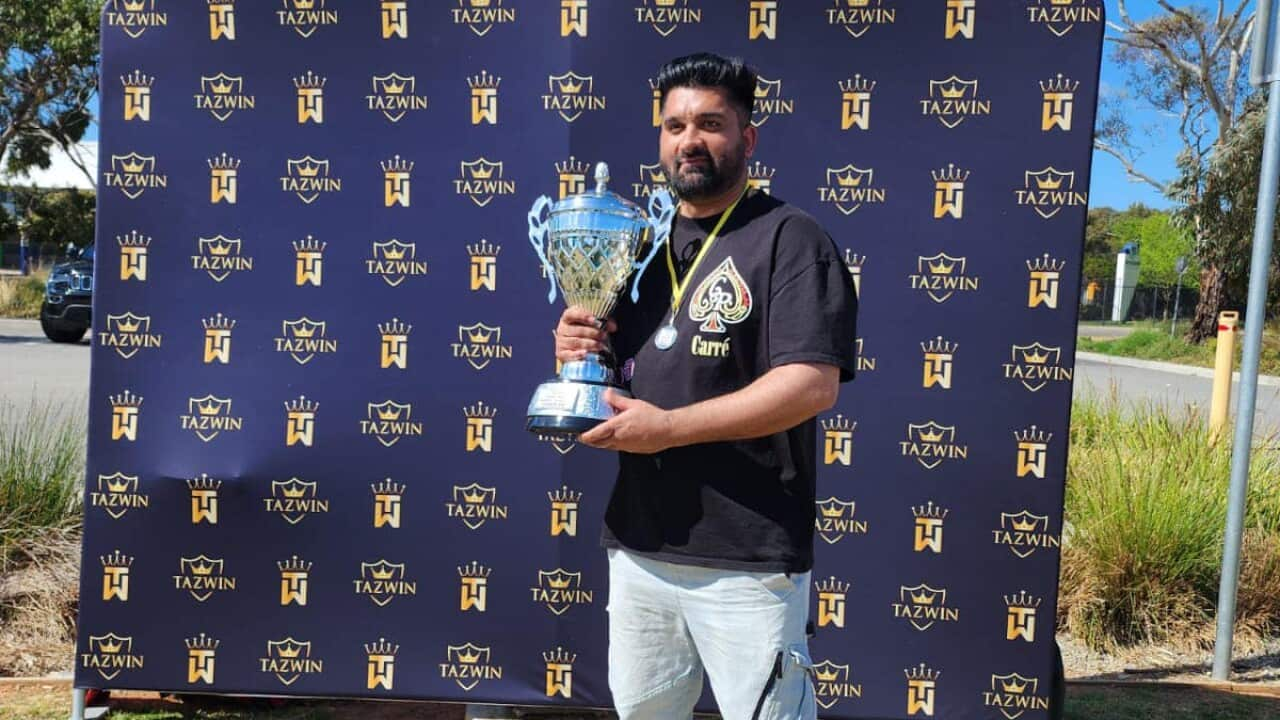“On Guru Nanak’s birthday, for residents of Nankana Sahib, it feels like Eid,” Rai Haroon Bhatti tells SBS Punjabi over the telephone from Pakistan’s north-western city of Nankana Sahib, referring to the upcoming birth anniversary of Guru Nanak on November 23. Mr Bhatti claims to be from the 16th generation of Rai Bular Bhatti, a 15th century rich landlord of Punjab who was only the second person to acknowledge the divine qualities of Guru Nanak, after his sister, Bebe Nanki. Legend has it that after observing Guru Nanak’s divine greatness, Rai Bular Bhatti donated vast swathes of land to him as a token of his respect towards him, who later went on to be known as the founder of Sikhism. “In our family, we pass this history down the generations and our connection with Guru Nanak forms a nice triangular story of religious harmony amongst Islam, Sikhism and Hindisum as Guru Nanak was born in a Hindu family,” says Mr Bhatti from his home in Nankana Sahib, which he says is being decorated up for the upcoming gurpurab (birth anniversary).
“In our family, we pass this history down the generations and our connection with Guru Nanak forms a nice triangular story of religious harmony amongst Islam, Sikhism and Hindisum as Guru Nanak was born in a Hindu family,” says Mr Bhatti from his home in Nankana Sahib, which he says is being decorated up for the upcoming gurpurab (birth anniversary).

A representational picture of Rai Bular Bhatti in the family records. Source: Supplied
A trust owns the land on which Gurdwara Janam Asthan, dedicated to the birthplace of Guru Nanak, is located. Along with it, it also owns practically all of Nankana Sahib, a city of nearly 1.5 million people, out of which Sikhs and Hindus are a small but significant part. Apart from Gurdwara Janam Asthan, there are six other gurdwaras of historic significance in Nankana Sahib. Mr Bhatti takes SBS Punjabi on a virtual tour of all seven gurdwaras in this interview. Mr Bhatti is impressively well-versed with the historic and historical relationship between his ancestor Rai Bular Bhatti and Guru Nanak. In a span of a few seconds, he traces his ancestry 16 generations back, right up to Rai Bular Bhatti, who donated 757 murabbas of land (an outdated measure of 25 acres) from his personal land holding of 1800 murabbas to Guru Nanak. “Rai Bular sahib and Baba Guru Nanak had such a mutually respectfully relationship that whenever they met, both would stand up to greet each other despite the fact that Babaji was the son of his munshi (accountant), Mehta Kalu,” says Mr Bhatti using the respectful epithet ‘Babaji’ for Guru Nanak as is the tradition across Nankana Sahib, whose population is largely Muslim.
Mr Bhatti is impressively well-versed with the historic and historical relationship between his ancestor Rai Bular Bhatti and Guru Nanak. In a span of a few seconds, he traces his ancestry 16 generations back, right up to Rai Bular Bhatti, who donated 757 murabbas of land (an outdated measure of 25 acres) from his personal land holding of 1800 murabbas to Guru Nanak. “Rai Bular sahib and Baba Guru Nanak had such a mutually respectfully relationship that whenever they met, both would stand up to greet each other despite the fact that Babaji was the son of his munshi (accountant), Mehta Kalu,” says Mr Bhatti using the respectful epithet ‘Babaji’ for Guru Nanak as is the tradition across Nankana Sahib, whose population is largely Muslim. Thousands of yatris (pilgrims) congregate in Nankana Sahib every year at this time of the year to participate in the gurpurab, which sees the entire city light up. “I often say that on Babaji’s gurpurab, it feels the entire planet has become bright with light. There is a grand display of fireworks also, and we all celebrate it with great fervour,” says Mr Bhatti.
Thousands of yatris (pilgrims) congregate in Nankana Sahib every year at this time of the year to participate in the gurpurab, which sees the entire city light up. “I often say that on Babaji’s gurpurab, it feels the entire planet has become bright with light. There is a grand display of fireworks also, and we all celebrate it with great fervour,” says Mr Bhatti.

A picture from the Bhatti family's private collection depicting the legend of a snake providing shade to Guru Nanak in the sun. Source: Supplied

Rai Haroon Bhatti with his mother Shamshad Rasheed. Source: Supplied
To listen to this interview in Punjabi, click on the player at the top of the page.







